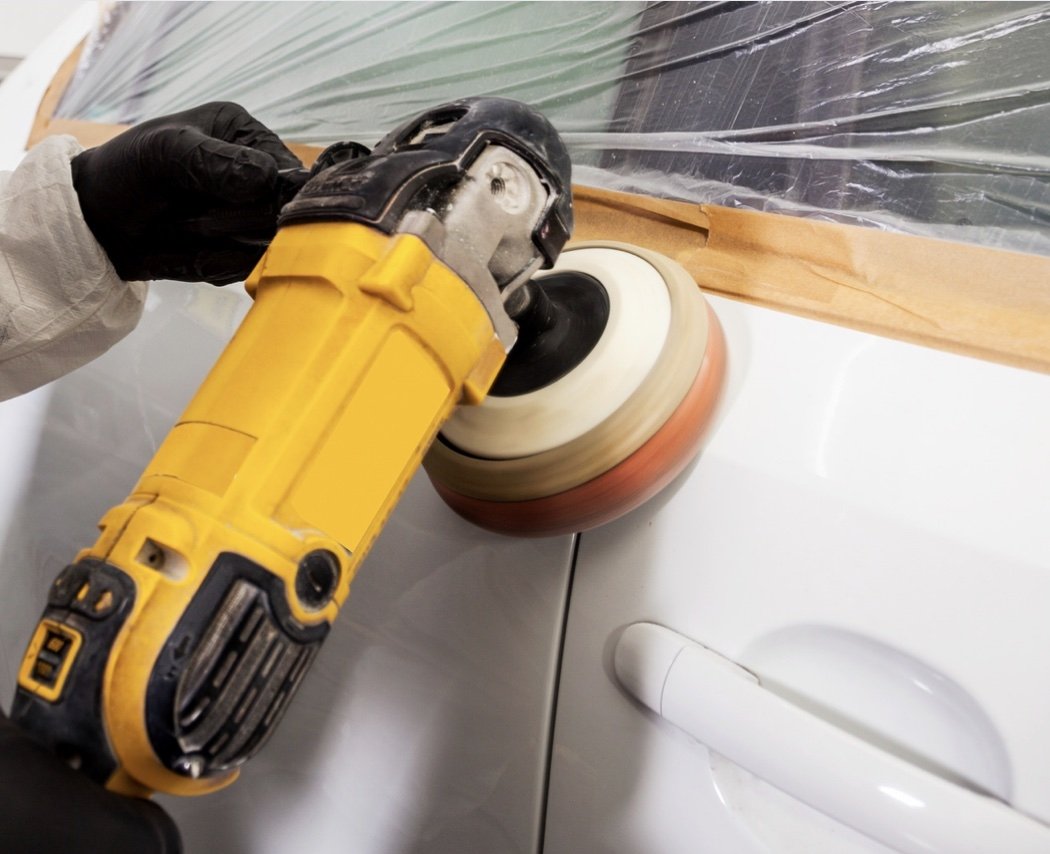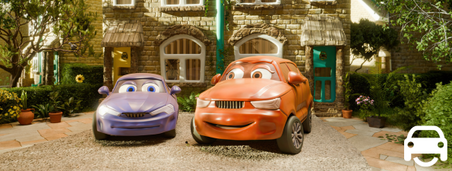SMART Repairs - what are they and what's possible?

Unless you're the sort of person who parks their car at the deserted end of the supermarket car park, has those ugly rubber protectors on the edges of their doors or who is simply blessed with good fortune, chances are that at some point, you're going to scratch, scrape, dent and generally disfigure your car by accident – and more than once, too.
For many years, drivers in such a position have been faced with three options: attempt to repair the car using a touch-up pen and, if necessary, a tube of body filler (an hour or so later and the repair is likely to look worse than the damage), contact their insurer and make a claim, paying a large excess and losing their no-claims bonus in the process, or just turn a blind eye to the damage.
Fortunately, now there's a fourth and more satisfactory option. It's called a Smart repair (dent repairs are called PDR repairs) and done properly, it can return your car to as-new condition for relatively little cost. Read on to find out how such repairs work, what they cost and why repairing light damage matters.
What does Smart stand for?
The letters stand for 'small and medium area repair technology'. 'Small' and 'medium' are crucial words because such repairs are not possible or appropriate for larger or more serious damage such as a buckled wing, a crushed bumper or a deeply gouged door. Instead, Smart repairs are for casual damage such as car park body and bumper scrapes, stonechips, kerbed alloy wheels and key scratches. Dents are repaired using a technique called paintless dent removal (PDR).
Who does the repairs?
There are a few national companies offering Smart and PDR repairs, some through franchise holders they have trained. They include Dentmaster UK, ChipsAway and, the two companies MotorEasy has partnered with, Dent Wizard and Wheel Wizard. The techniques they use are broadly similar; it's the skill and quality of the person doing the job that makes the difference.
How is a Smart body repair carried out?
A professional technician (the Institute of the Motor Industry runs Smart repair training courses and awards a qualification) will have a fully equipped van with sanding and primer materials to prepare the damaged area, a spectrophotometer to accurately match the top coat to the existing colour, ultraviolet lights to cure the paint, and polishing and buffing heads to produce a perfectly blended finish. Bumper repairs are performed the same way.
Alloy wheels are first sanded and any marks and gouges filled and sanded to blend. Again, paint-matching equipment helps achieve a perfect finish.
How are dents repaired?
The clue is in the name. Paintless dent removal (PDR) is a technique used to remove a dent without disturbing the paint. It involves manipulating the vehicle's metal body with rods to tease out the dent from behind, in order to create a perfect finish. With its 'metal memory', a steel body is easier to manipulate, although if the technician cannot access the dent from behind, it may be impossible to repair without filling it. An aluminium panel is harder, although not impossible, to restore. Using similar tools, one technique is to heat the panel to make it softer and easier to 'work'. However, if the dent is on a body line or crown, a new panel may be required.
Are Smart and PDR repairs effective?
Done properly, such repairs are impossible to detect. Recently, I had the alloy wheels of a VW Scirocco and the rear quarter panel of a black VW Golf repaired using PDR and Smart techniques. Both jobs were performed on my driveway in a couple of hours. I sold the Scirocco soon after and so cannot vouch for the duration of the repair, although I have no reason to believe it will have deteriorated. I still own the Golf and 18 months on, the repair remains indistinguishable from the surrounding area. It's no surprise that car dealers, including top brand main dealers, have their used cars restored using these techniques.
How much do Smart and PDR repairs cost?
A light scratch on the vehicle body costs around £90 to repair but a deeper scratch, around £150. An alloy wheel also costs from £90 to repair. A PDR repair costs from around £50 for a single dent or around £90 for a small group of dents on a single panel. Either way, costs are considerably less than the typical insurance excess or what a bodyshop using traditional repair techniques might charge.
Why bother having light damage repaired in the first place?
Apart from being unsightly, dents and scratches reduce the value of your car. This is especially so in the case of a lease where the car must be returned at the end of the finance term. Any damage will be checked and a repair charge imposed. Should it be necessary to return the car to the finance company, the same will apply to one acquired on personal contract purchase. Where the car is part-exchanged, the damage will affect the car's trade-in value. Damage also suggests the car has been neglected – yet another reason, in the eyes of a buyer, to offer less for it.
Is Smart and PDR insurance worth having?
Like any insurance, whether you take it or not depends on your appetite for risk. The same applies to Smart and PDR insurance except that unlike many insurable events, accidental damage is, unfortunately, quite likely with a car. A carelessly opened door, a kerbed wheel as you negotiate a narrow, twisting exit lane from a multi-storey car park, a reversing knock… As they say, we've all done it! Smart repair cosmetic insurance just means such accidents are a momentary annoyance rather than an unbudgeted headache.






